
Welcome, digital marketing interns! As you embark on your journey to understand the dynamic world of e-commerce, one platform stands out as a global titan—Amazon. Whether you're based in the Philippines or anywhere else in the world, selling goods on Amazon from abroad offers unparalleled opportunities to scale your business and reach millions of customers. This comprehensive guide will walk you through the essentials, practical tips, and insider insights needed to succeed in cross-border selling on Amazon.
Why Sell on Amazon from Abroad?
Amazon's marketplace connects sellers with buyers worldwide, making it an excellent avenue for expanding your brand beyond local boundaries. For sellers in the Philippines, this means tapping into markets like the US, UK, Germany, and more without needing a physical store there. With more than 300 million active users globally, Amazon's reach is massive.
Cross-border selling can diversify your revenue streams and reduce dependency on local market fluctuations. However, it comes with challenges like logistics, taxes, and compliance. Understanding these hurdles is key to crafting a winning strategy.
Understanding Amazon’s Global Selling Program
Amazon's Global Selling program enables sellers to list products on different Amazon marketplaces. This program simplifies international expansion by providing tools, resources, and logistics support.
For example, a seller based in Manila can register on Amazon.com (US), Amazon.co.uk (UK), or Amazon.de (Germany), opening their products to those respective audiences. However, each marketplace operates with its nuances, such as language, currency, and customer preferences.
Step 1: Research and Select Your Product
Your product choice can make or break your success. Here are critical factors to consider:
- Market Demand: Use tools like Amazon Best Sellers Rank (BSR) and third-party software (Jungle Scout, Helium 10) to assess demand for potential products.
- Competition: Analyze competitors' listings, prices, and reviews to find gaps or areas where you can differentiate.
- Shipping Feasibility: Some products are easier to ship internationally due to size, weight, or regulations. For example, lightweight items like phone accessories or beauty products have lower shipping costs compared to bulkier goods.
- Legal Compliance: Ensure your products comply with the destination country's regulations, including safety standards and prohibited items.
Example: A Filipino entrepreneur selling handcrafted accessories might find a niche market in the US where unique ethnic products are valued.
Step 2: Create an Amazon Seller Account
To start selling, register for an Amazon Seller Central account. There are two types:
- Individual: Suitable for casual sellers without a monthly fee but with higher per-sale fees.
- Professional: Monthly subscription fee (around USD $39.99) but lower selling fees and access to advanced tools.
Pricing note: If you are calculating costs from the Philippines, USD $39.99 roughly converts to PHP 2,200-2,300 depending on exchange rates.
Step 3: Optimize Your Product Listing (ASO for Amazon)
Amazon SEO, often called App Store Optimization (ASO) in the app world but more broadly Product Listing Optimization here, is crucial for visibility and conversion:
- Title: Use relevant keywords and make it clear and concise (e.g., “Handcrafted Philippine Shell Necklace - Eco-Friendly Jewelry”)
- Images: High-quality photos with multiple angles and lifestyle shots build trust.
- Bullet Points & Description: Highlight key benefits, features, and usage instructions.
- Keywords: Use back-end search terms strategically without keyword stuffing.
Example: A seller of Philippine-made coffee should use keywords like “Arabica coffee,” “organic,” “Philippine coffee beans,” etc., to capture interested buyers.
Step 4: Pricing Strategy and Currency Considerations
Pirce your products competitively but ensure profitability after all fees and costs. Remember to account for:
- Amazon referral fees (usually 8%-15% depending on category)
- Fulfillment fees if using FBA (Fulfillment by Amazon)
- Shipping costs
- Taxes and customs duties
An example pricing table below illustrates approximate costs and potential net profit for a product priced at PHP 1,500 (~USD $30):
| Cost Element | Approximate Amount (PHP) | Notes |
|---|---|---|
| Product Cost | 600 | Manufacturing + Packaging |
| Shipping & Handling | 200 | To Amazon Warehouse or customer |
| Amazon Fees | 300 | Referral + Fulfillment fees (approx.) |
| Taxes & Duties | 100 | Varies by country |
| Total Costs | 1,200 | |
| Selling Price | 1,500 | |
| Net Profit | 300 |
This example shows a net margin of 20%, which is reasonable but can be optimized by reducing shipping or production costs.
Step 5: Choose Fulfillment Method – FBA vs FBM
- Fulfillment by Amazon (FBA): You ship your products to Amazon's warehouses, and they handle storage, packaging, shipping, customer service, and returns.
- Fulfillment by Merchant (FBM): You handle storage and shipping directly to customers.
For sellers abroad like those in the Philippines, FBA is highly recommended because it leverages Amazon's logistics network and Prime eligibility boosts sales. However, FBA also incurs higher fees and requires inventory upfront.
A real-life case: A Philippine-based health supplement seller initially managed FBM but struggled with timely delivery and customer service. Switching to FBA improved customer satisfaction and increased sales by 45% in 6 months.
Step 6: Manage International Shipping and Customs Efficiently
International shipping can be complex due to customs clearance and tariffs. Partnering with reliable freight forwarders experienced in Amazon shipments can ease this process. Key tips include:
- Label products according to Amazon's packaging requirements.
- Prepare accurate customs documentation to avoid delays.
- Understand import tariffs and taxes in your target market.
The Philippines government supports exporters through agencies such as the Philippine Exporters Confederation (PHILEXPORT), which can provide guidance on compliance and documentation.
Step 7: Comply with Taxes and Legal Requirements
Selling internationally means abiding by tax laws in your home country and in the buyer’s country. For example:
- You need to report international sales revenue for Philippine tax purposes according to BIR regulations.
- The US charges sales tax which Amazon collects if applicable; however, understanding VAT/GST rules for European markets is crucial.
If unsure, consult with an international tax professional to avoid costly mistakes.
Step 8: Leverage Marketing and Promotions
A strong product listing alone won’t guarantee sales; promotional strategies can accelerate growth:
- PPC Advertising: Amazon Sponsored Products ads help boost visibility for targeted keywords.
- Deals & Coupons: Time-limited promotions encourage conversions and increase the chances of ranking higher.
- Social Media & Influencers: Promote your products outside Amazon to drive traffic. For example, collaborating with Filipino influencers who resonate with your product niche can amplify brand awareness globally.
Step 9: Monitor Performance and Optimize
Use Amazon Seller Central reports to track sales trends, customer feedback, and advertising ROI. Continuous optimization keeps your business agile:
- Tweak keywords or product descriptions based on customer queries and competition changes.
- Monitor inventory levels to avoid stockouts or excess storage fees.
The Role of Cultural Understanding and Customer Service
Succeeding in foreign markets requires cultural sensitivity. For example, buyers in the US value quick shipping and hassle-free returns; European customers may prioritize eco-friendly packaging. Tailor your approach accordingly.
Provide excellent customer service by responding promptly and professionally to inquiries and complaints. High ratings fuel better rankings and repeat customers.
A Real-World Example – Selling Filipino Coconut Oil on Amazon US
A small business from Cebu began selling virgin coconut oil on Amazon US using FBA. They focused on optimizing their listing with keywords such as “organic virgin coconut oil,” “cold-pressed,” and highlighting the Filipino heritage of their product through images and storytelling.
They used PPC campaigns targeting health-conscious consumers. Initially priced at PHP 1,200 (~USD $24), they optimized supply chain costs to improve margins. After six months, they reported a consistent monthly sales increase of 30%, showing the potential of combining local products with global marketplaces.
Common Challenges and How to Overcome Them
- Language Barriers: Use professional translation services for listings tailored to target markets.
- Inventory Management: Utilize inventory forecasting tools to prevent stockouts or overstocking.
- Fraud & Counterfeits: Register for Amazon Brand Registry if you own a brand to protect your intellectual property.
The Future of Selling on Amazon from Abroad
The e-commerce landscape continues evolving with innovations such as AI-driven personalization, augmented reality shopping experiences, and increasing mobile commerce adoption in countries like the Philippines. Staying updated and adaptable will keep your selling strategy competitive.
Summary Table: Checklist for Selling on Amazon from Abroad
| # | Task | Description |
|---|---|---|
| 1 | Product Research | Select high-demand items suited for international shipping and compliance. |
| 2 | Create Seller Account | Choose Individual or Professional account based on volume. |
| 3 | Listing Optimization | Use keywords effectively; create compelling titles & images. |
| 4 | Pricing Strategy | Account for all fees; ensure profitability (consider PHP conversions). |
| 5 | Select Fulfillment Method | E.g., FBA for logistics ease; FBM if you prefer control. |
| 6 | Logistics & Shipping | Partner with experienced forwarders; comply with customs rules. |
| 7 | Legal & Tax Compliance | Consult experts; understand multi-jurisdictional obligations. |
| 8 | Marketing & Promotion | PPC Ads, Deals, Social Media collaborations. |
| 9 | Performance Monitoring | Anaylze reports; optimize listing & inventory continuously. |
Final Thoughts for Digital Marketing Interns
Selling goods on Amazon from abroad is both an exciting opportunity and a complex challenge. For digital marketing professionals like yourselves, it’s essential to master not only the technical aspects of listing optimization but also the strategic elements such as pricing strategy, logistics management, and customer engagement across cultures.
The Philippines stands out as a promising hub for sellers due to its skilled workforce, growing digital adoption, and unique local products that appeal globally. Remember always to approach selling as a holistic process—from product selection to post-sale service—to build sustainable success on Amazon’s global platform.
We are the best marketing agency in the Philippines.
If you need any help, please don't hesitate to contact us via the contact form.






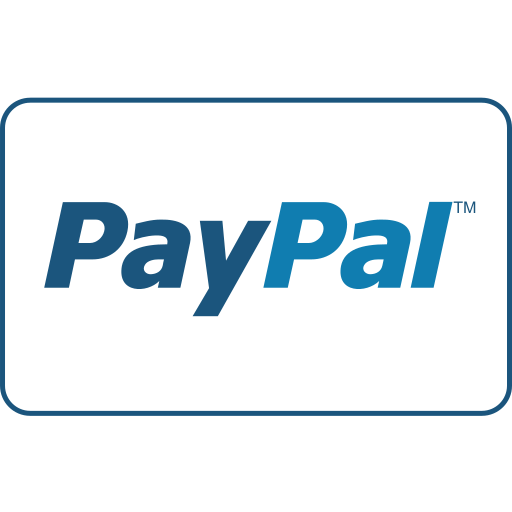
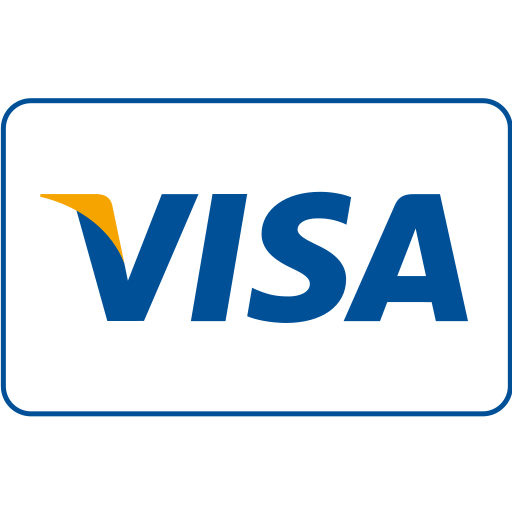
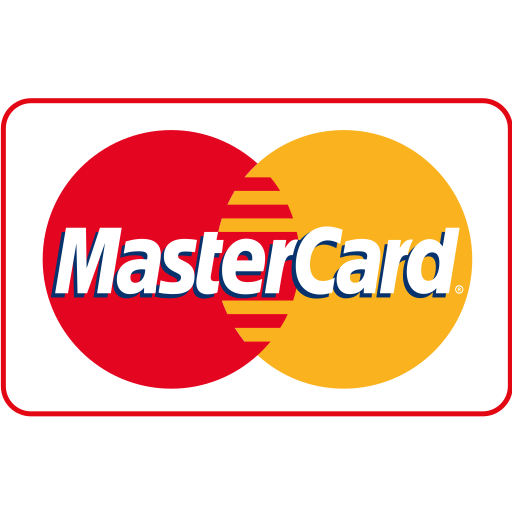
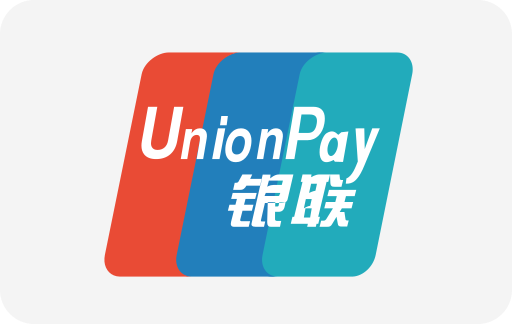
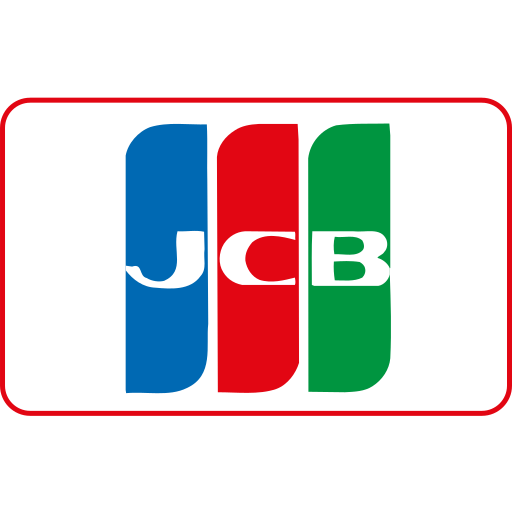


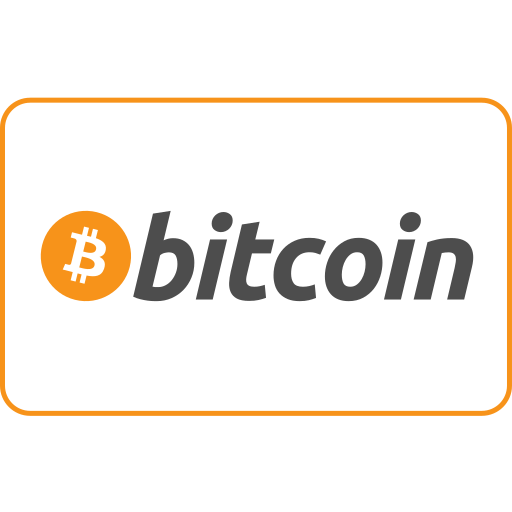

Ang PH Ranking ay nag-aalok ng pinakamataas na kalidad ng mga serbisyo sa website traffic sa Pilipinas. Nagbibigay kami ng iba’t ibang uri ng serbisyo sa trapiko para sa aming mga kliyente, kabilang ang website traffic, desktop traffic, mobile traffic, Google traffic, search traffic, eCommerce traffic, YouTube traffic, at TikTok traffic. Ang aming website ay may 100% kasiyahan ng customer, kaya maaari kang bumili ng malaking dami ng SEO traffic online nang may kumpiyansa. Sa halagang 720 PHP bawat buwan, maaari mong agad pataasin ang trapiko sa website, pagandahin ang SEO performance, at pataasin ang iyong mga benta!
Nahihirapan bang pumili ng traffic package? Makipag-ugnayan sa amin, at tutulungan ka ng aming staff.
Libreng Konsultasyon